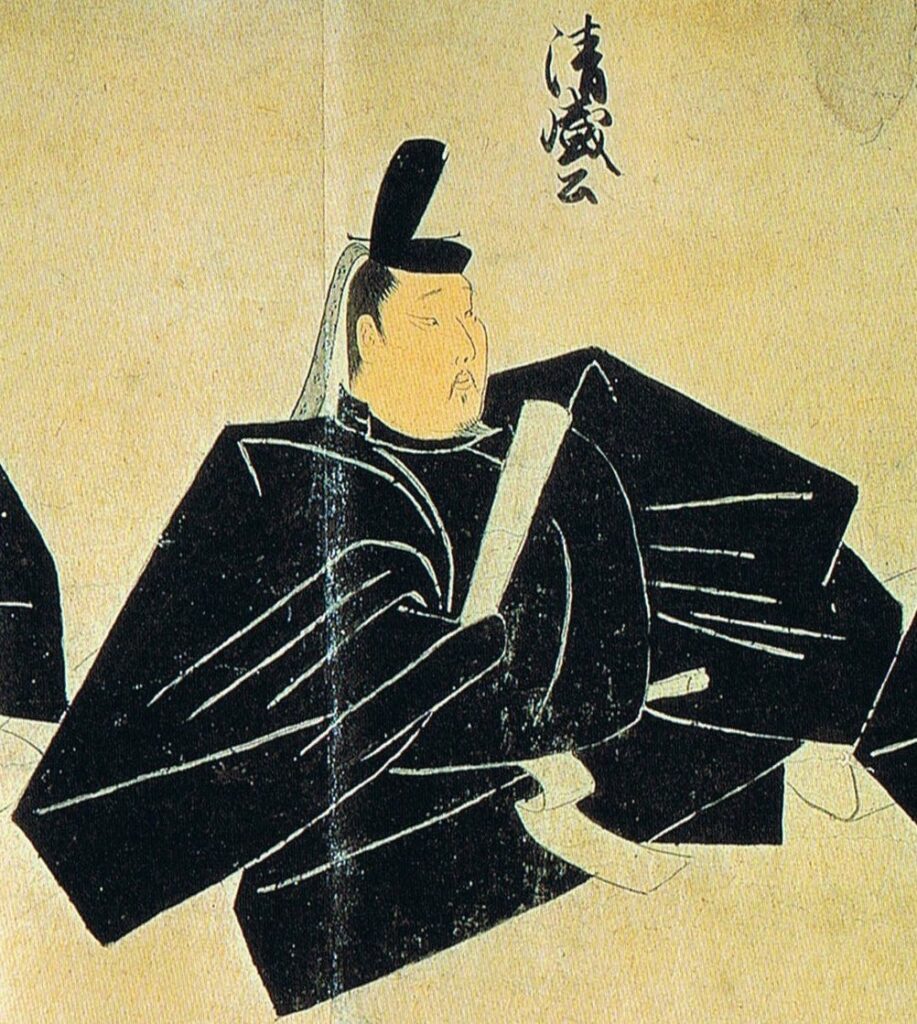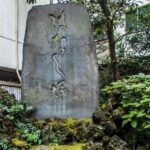

平清盛 Taira no Kiyomori
1118 ~ March 21, 1181
Samurai who rose to the top with great economic sense
Taira no Kiyomori is famous for defeating his rival Minamoto clan during the “Heiji Rebellion”, a great battle of spirit. He became a member of the upper class in recognition of his success in this battle. Let’s explore how he rose to power.
The Era of the Samurai’s Growing Power
Taira no Kiyomori was a revolutionary figure who pioneered the samurai era. He lived about 850 years ago during the Heian period (794-1185). During this time, among those who cultivated land and engaged in agriculture, some devoted themselves to martial arts to protect their territories. These people were called “samurai.” During this period, the status of samurais was low, and they were considered convenient bodyguards while the emperor and the aristocracy were at the center of politics. However, the samurai eventually grew in power and surpassed the aristocrats. Kiyomori was ordered by the Imperial Court to control the pirates who were raging at the time. He was given control of the Seto Inland Sea and expanded his power westward.
His greatest rival was Minamoto no Yoshitomo, and in 1159, a power struggle among the nobles led to a violent clash between Yoshitomo and Kiyomori, which ended in a great victory for Kiyomori, who had the emperor on his side. This battle was the “Heiji Rebellion.” Yoshitomo was killed and his son Yoritomo was exiled far away to Izu. Kiyomori had finally reached the pinnacle of the warrior class. In recognition of his success, he became not only a samurai but also a high-ranking aristocrat. He also assumed the position of Grand Minister of State, the highest position in the Heian period, and assumed real political power. He placed his family members in important positions so that his entire family could have power.
Embarking on Trade with China
The ordained Kiyomori also showed his talents as a businessman. He embarked on a business venture to generate income to support the foundation of the Taira clan. He embarked on trade with China, then known as the Sung Dynasty. Kiyomori decided to make the port of Fukuhara (now Kobe) the center of trade. However, it was not a safe place for Sung ships to stop. Strong winds and waves made it difficult to load and unload cargo, but Kiyomori did not give up. He decided to rebuild the port and began major construction. He cut through the mountains, filled in the sea, and built artificial islands to protect the ships from the wind and waves. Thus, the harbor became a large port where Chinese ships could dock safely, and trade flourished. Gold sand, lumber, and sulfur, the raw material for gunpowder, were exported from Japan, while ceramics, textiles, and other items were exported from China. Sung coins, in particular, brought a monetary economy to Japan, where barter had been the norm. Kiyomori renovated the port to stimulate trade with China, which had a great economic impact. The current Port of Kobe was enlarged by Kiyomori for trade. It developed as one of the leading sea gateways in Japan with many foreign ships passing through. Kiyomori’s achievements as a warrior, aristocrat, and outstanding businessman have made an ever-lasting effect to this day.
Japanese People’s Skills with Money
Kiyomori was not only good at making money but also had excellent economic sense. After all, he was the first person to circulate money in Japan. In schools, we are taught that the first Japanese coins were the Twelve Imperial coins, such as the “Tomimoto sen” and the “Wadokaichin” minted in 708. However, these were not widely circulated currencies. It is true that in cities such as Nara and Kyoto, people might have reluctantly exchanged their coins for rice or cloth if you offered them as money, but in the countryside, if you offered them a Wadokaichin and said, “Give me rice with this,” they would say, “You can’t sell rice with that! Bring me some clothes!” The Twelve Imperial Coins are now utilized in the countryside. The Twelve Imperial Coins were used as “show-off money” to boast to foreign envoys such as Silla to prove that “we also issue coins like the Tang Dynasty.” In general, poor countries worked strategically to avoid being ridiculed by foreigners. It was not a real currency from the beginning, just like the people in the Meiji era who wore western clothes and danced night after night at Rokumeikan.
Taira no Kiyomori was in charge of trade and diplomacy, mainly with China and the Korean peninsula. He went there and witnessed that the economy of northern Kyushu was very prosperous. The reason for this was the existence of currency. It was the Sung coins, the currency of the Sung dynasty (960-1279). Kiyomori realized what we now call a monetary economy. He further promoted the Sung-Japan trade initiated by his father Tadamori, and at the same time, he began to import Sung coins in earnest. In total, during the medieval period, about 10% of the coins produced in the Sung dynasty were imported to Japan. Of course, he himself made a great profit. Not wanting to have the troublesome task of transporting the coins to Kyoto via the traditional route of Kyushu, and not wanting to be interfered with by the Dazaifu, the port of Dawadadomari, which is now Kobe, was extensively renovated. Ships from the Sung Dynasty could now arrive directly, and he made even more money. One only has to look at the splendor and splendor of Itsukushima Shrine to see how much money he made. Kiyomori boasted a high position in the Imperial Court even though he was a samurai, and the prosperity of the Heike clan was due in part to the wealth they gained from the Japan-Song trade.
It is clear that Taira no Kiyomori, who established the first samurai government, had an outstanding sense of money. Some people today praise him as a genius with extraordinary abilities, like Steve Jobs.
The End of the Taira Period
The Taira clan was a wealthy political figure. Other warriors were bitterly disappointed, but things took a turn for the worse in 1180, when Minamoto no Yoritomo, who had driven the Taira clan back to Izu in the Heiji Rebellion, rose to overthrow the Taira clan. “If only I had killed Yoritomo then,” Kiyomori said regretfully. Kiyomori mourned it deeply, and he died of fever at the age of 64. Four years after Kiyomori’s death, the Taira clan was defeated by their archrival Minamoto clan at the Battle of Dannoura, bringing an end to the dynasty.
.
.
.
.




